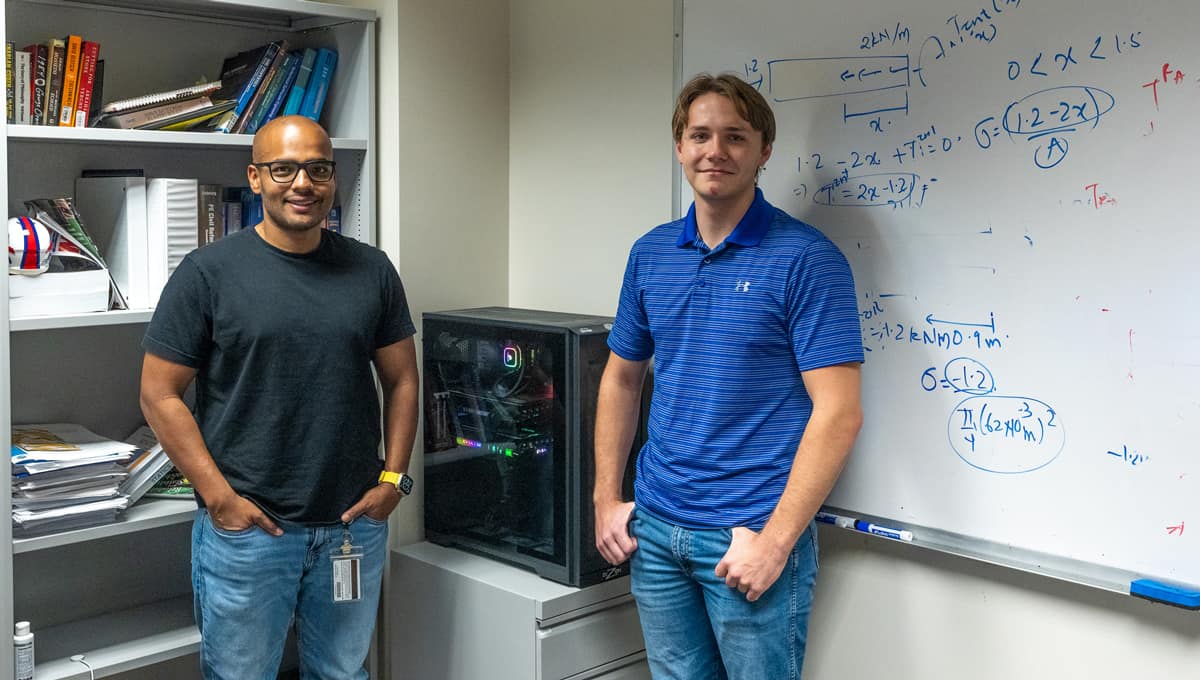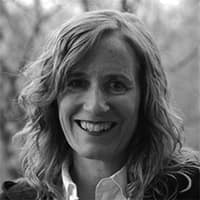Mission Accomplished: Embry-Riddle Undergrad Lands Dream Internship at Los Alamos Lab

Embry-Riddle Aeronautical University student Anthony LoRe Starleaf always wanted to serve his country and — with his skills and aptitude — most likely as an engineer.
When considering colleges, he received a congressional nomination to attend the U.S. Military Academy or the U.S. Naval Academy. Unfortunately, he was not admitted because of medical reasons.
Now, as a senior at Embry-Riddle, he has found a new way to serve, earning a coveted internship at Los Alamos National Laboratory, a U.S. research and development facility involved in national security science, technology and engineering.
“My patriotism has influenced my career path,” said Starleaf, who is majoring in Aerospace Engineering and has a minor in Applied Mathematics. “This is one reason I’m especially excited about interning at Los Alamos — it allows me to apply my engineering skills while contributing to national security.”
His journey to an internship at the laboratory began at an engineering conference, where he presented research that attracted the attention of a Los Alamos National Laboratory R&D engineer.
A collaboration with Dr. Siddharth Parida, assistant professor of Civil Engineering, the research focused on developing a machine learning system to more efficiently analyze structures. The system can predict the future performance of a structure by incorporating into a machine-learning system minimal measurement data of a structure’s behavior, along with laws of physics parameters and numerical representations of the structure’s shape.
The method could be helpful in monitoring the structural health of buildings, bridges or aircraft wings, Starleaf said, by “observing the behavior of a structure to determine if it needs repair.”
Identifying structural defects before failure could prevent disasters and save lives, he said.
“While our method is still in its early stages and requires further development, we hypothesize that it will be particularly effective when there is limited data, but the shape of the building, bridge or aircraft wing is known, Starleaf added.
At last year’s American Society of Civil Engineers (ASCE) Earth and Space Conference, Starleaf presented the research, published in a paper titled “Physics Informed Neural Networks for Inverse Estimation in Presence of Sparse Data.” He received the Best Undergraduate Presentation award, and Dr. David Mascarenas, R&D engineer at Los Alamos National Laboratory, expressed interest in the research and asked Starleaf to collaborate on a second paper.
After submitting a second paper titled “Structural System Identification from Video Using Finite-Element Shape Functions,” which has been accepted to ASCE’s International Conference on Computing in Civil Engineering (I3CE 2025) scheduled for May, Starleaf interviewed for the internship at Los Alamos National Laboratory. He was selected and is now doing remote, part-time work for the lab while finishing his bachelor’s degree this spring. He will transition to full-time, in-person work this summer.
Parida called Starleaf “an exceptionally dedicated, hardworking and sincere student. His achievements in undergraduate research are a clear reflection of his diligence. Not only did he win the Best Undergraduate Presentation award at the ASCE Earth and Space Conference, but he also has a journal paper currently under review in the prestigious, high-impact journal Computers & Structures. I am truly proud of his accomplishments.”
Starleaf said Parida has “guided me through every stage of the research process, from initial ideation to publication, and his support has been instrumental in shaping my academic and professional journey. His guidance and career advice have opened doors to incredible opportunities, including my internship at Los Alamos National Laboratory. I cannot overstate my appreciation for his mentorship.”
Starleaf said he hopes to work at the laboratory for a year and then earn his doctorate. Ultimately, he would like to work as a postdoc at a national lab —“ideally Los Alamos” — before pursuing a university faculty position, he said.
“This is still just a dream,” he said. “I know I have a lot of hard, but exciting work ahead of me in order to make it happen.”

 Michaela Jarvis
Michaela Jarvis